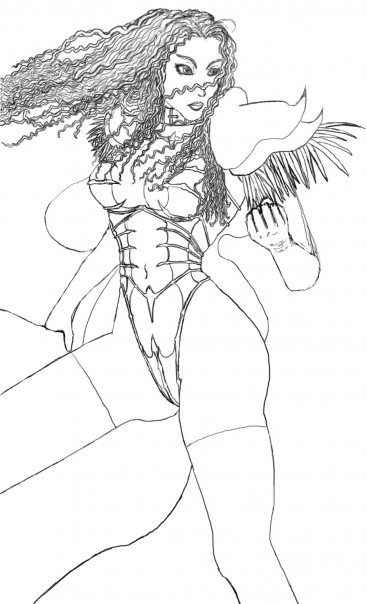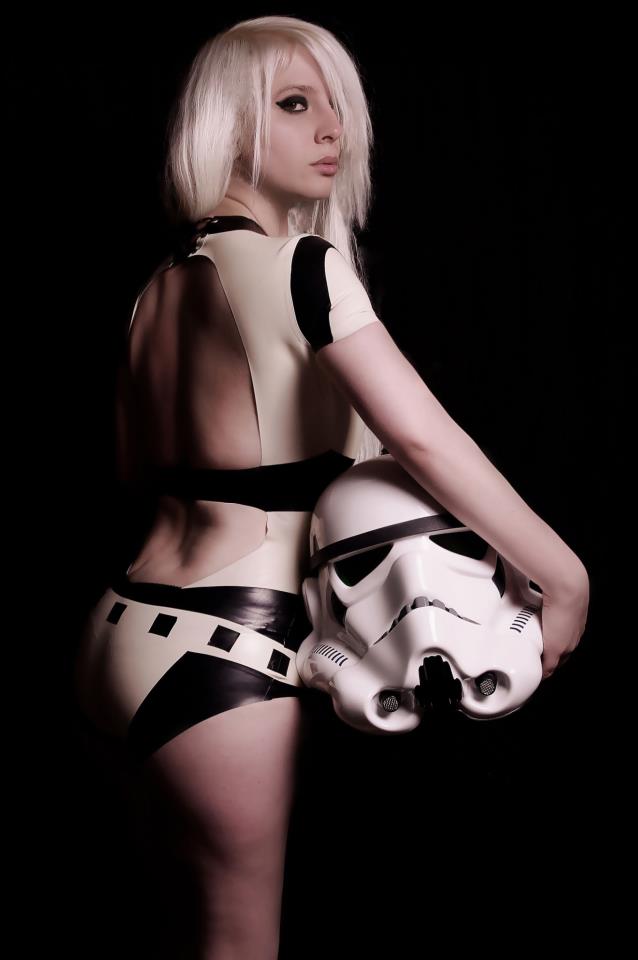The Male Gaze
First, some background. Laura Mulvey wrote one of the most well known feminist film theory essays, ‘Visual Pleasure and Narrative Cinema’ in 1975 in order to challenge spectators and film-makers for their treatment of women in film. The essay claims that it is the male gaze (male to male identification and male to female voyeurism, fetishism) that dictates cinematic form and interpretation, and in large part unconsciously so.
“The cinema offers a number of possible pleasures. One is scopophilia. There are circumstances in which looking itself is a source of pleasure, just as, in the reverse formation, there is pleasure in being looked at. … [Freud’s] particular examples centre around the voyeuristic activities of children, their desire to see and make sure of the private and forbidden (curiosity about other people’s genital and bodily functions, about the presence or absence of the penis and, retrospectively, about the primal scene). In this analysis, scopophilia is essentially active.” – Laura Mulvey
To illustrate her point, here is a picture full of visual pleasure, what I gone and done:

Artist: myself
One day I will finally get round to printing it on a canvas and then oil painting that sucker up. I designed the image to be visually pleasurable; she is composed of pleasant shapes that appeal to my male ape brain. Obviously, her battle-lingerie would be of little actual use in a “realistic” war setting, but as the artist, “realistic warfare” was not really a consideration. Instead, sexiness was the guiding aesthetic, and why not? I still think she conveys power, confidence and such, it’s just that as an artist, I didn’t want to focus on violence.
Mulvey goes on to argue that the way to deal with the above is to essentially analyse it into oblivion and destroy any beauty it has for the (presumed male) viewer.
As an example of a violence/plausibility-focused approach to fantasy armour design (arguably, its popularisation could be seen as an analytical response or attempt at destruction of male appreciation), of course there is Brienne of Tarth from Game of Thrones:
As it stands, the stereotype of fantasy and cosplay as purely an environment for Vallejo and Bell battle-bikinis to titillate adolescent straight males is now less informed than ever. There are examples of the archetypal “swords and socercy canon” male designs that are also full of eye-candy (or at least full of naked body), for instance, Conan the Barbarian:
Critics will argue that these images have a greater emphasis on power, to which I would agree. I would argue, that’s what makes them arresting, interesting and seductive. Men and women do still react with our animal natures; we would be better off understanding our desires to see power, violence, sex and status in evolutionary terms; it is not merely a male neurotic looking at this image – we should understand that films & geek media also appeal to the straight female and queer gazes also feed on images of beauty, sex, violence and power. We are, fundamentally, visual animals in a world of objects that we crave to experience as a result of our biology. It is not all an unconscious conspiracy of men trying to smash women into dehumanised sex objects.




